Introduction
The P1 is now currently Tin HiFi’s newest flagship priced at an MSRP of $169. It makes use of a micro planar-magnetic driver, similar to those used in Audeze’s iSine series but downscaled to fit in an actual IEM shell that can be fully sealed.
The P1 can be purchased on Linsoul and is currently sold out on Drop.
Background
Linsoul has now provided me two units of the P1, one of which was before the P1 went into full production. I had less than favourable opinions on the pre-production unit but realised that many of what I considered to be “glaring flaws” could be fixed with certain modifications, so I spent a few hours on tinkering with the P1 to iron out the kinks. I then gave certain tuning directions to Linsoul who then passed it on to Tin HiFi, subsequently receiving the final production unit which was more-or-less identical to my modified pre-production unit.
Additional disclaimers, I am not a related party of Tin HiFi, I do not get any proceeds from sales of the P1, I am simply doing this in the pursuit of better sound.
The Signature
The P1 has a slightly dark tonality though follows my target curve pretty well. The P1 also tilts rather significantly towards warmth and has an overall laidback sound, with exception to an upper treble zing that you may or may not hear depending on your hearing range.
The Good
It is no secret that the in-ear planar game tends to be a heavy game of compromise, especially in tonality. The two biggest examples on the market today being Audeze’s iSines (and by extension, their LCD-i4) as well as Unique Melody’s ME1. Both have absolutely awful tonality that almost mandates the use of EQ to be listenable.
The P1 is a step in the right direction in this regard, being proper-sounding right out of the box without any need for any kind of DSP. Since the P1 is pretty much personally tuned by myself, the tonal balance is what I’d consider “near-perfect”. It hits my personal target curve very well and there is little to no oddities on the frequency domain to my ears. The laidback signature favours male vocals over female as well as instruments at-and-below the alto range such as cello and bassoon.
The bass response of the P1 is solid, able to dig deep into the lowest octaves of sub-bass whenever called for (though only with the front vent taped up, in stock form there is an audible roll-off). The decay in the bass is much more similar to that of a good dynamic driver than that of a balanced armature, resulting in a much more natural response.
The Bad
Those who are familiar with me would know that I don’t put the metric of “imaging” and “soundstage” to a high priority in IEMs. 80% of everything I’ve heard can be classified in the vague blob of “average” with only the cream of the crop truly impressing me in those fronts.
So, that’s really the problem that I have with the P1. It’s not even average, much less good in terms of the spaciousness of the stage or the positional accuracy of instruments. There is a distinct congestion in the soundstage and instruments tend to overlap which messes up the positioning. I would not use the P1 for orchestral genres for this reason.
The other issue I have with the P1 is with the non-tangibles, i.e. the “non-frequency response related” qualities. The attack is rather extended and blunted, which is more obvious on percussions and plucked strings where speed and definition matters the most. Notes sound soft (in terms of texture, not volume) and sluggish and thus I would hesitate to call the P1 “clean” for this reason; there is a lot of attack-based smearing that makes it hard to make out low level detail, in some cases even simply surface level detailing when the track gets busy.
Conclusion
This will probably one of the few reviews to go against the hype train that the P1 is currently in right now. My aim is not to justify purchases, nor is it to “destroy hype” like many claim. I simply speak my mind on what I hear and what my opinions are. My objective is that my reviews remain relevant not just 1 week after product release, but a month, a year, or even a decade post-release.
The P1 is a decent IEM which has a very good frequency response curve, one that hits my target very closely. Unfortunately, sound quality is not purely determined simply with tone and FR and the P1 just lacks in the other technical metrics that I hold to high importance.
As usual, your mileage may vary, sound is subjective, in my honest opinion etc. and all similar variations. To this humble reviewer the P1 is good, but not great.
Final rank: C-
Thanks to all my readers who have supported me on my Patreon. Special shoutouts to my big money boys Denis, Phil, “McMadface” and the newest member to the Industry Standard fold, Jonathan.

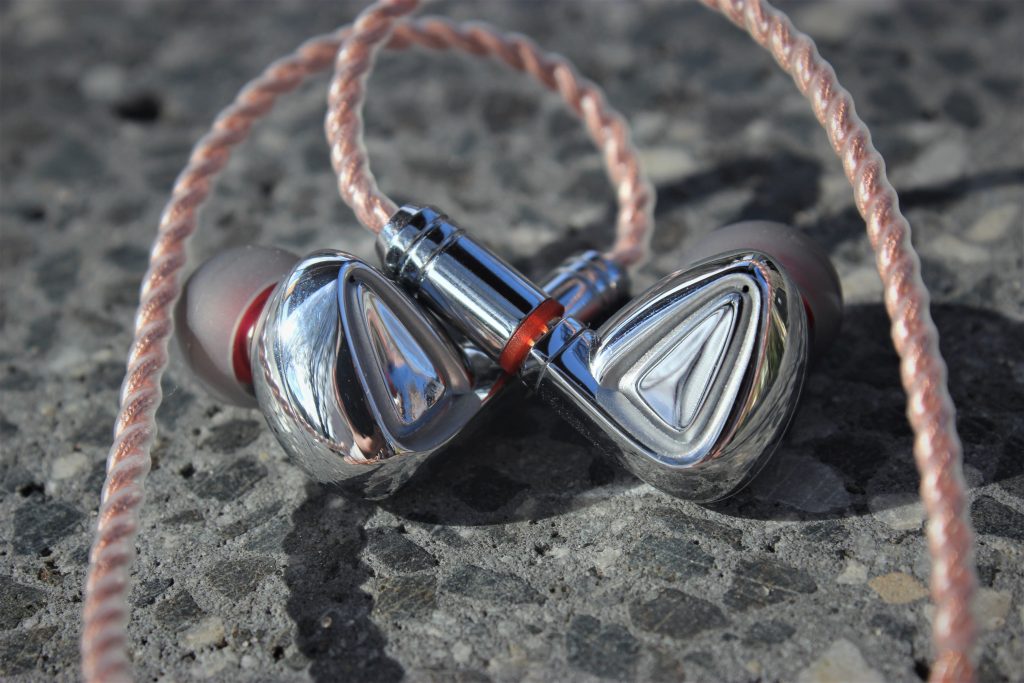
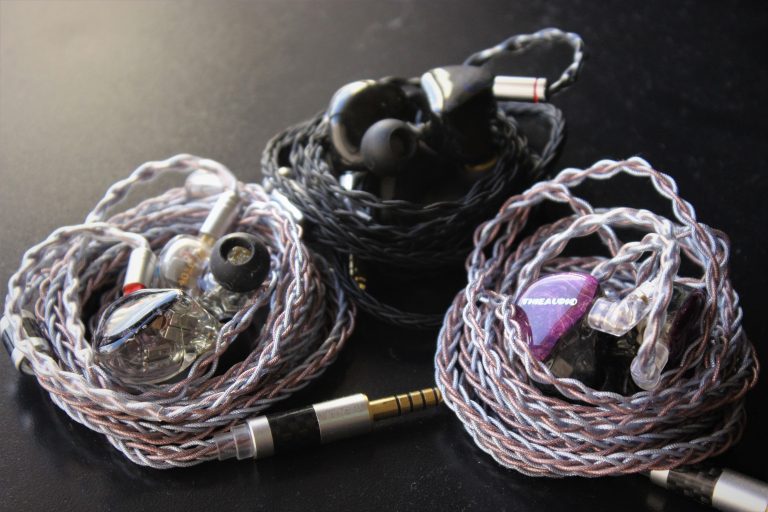
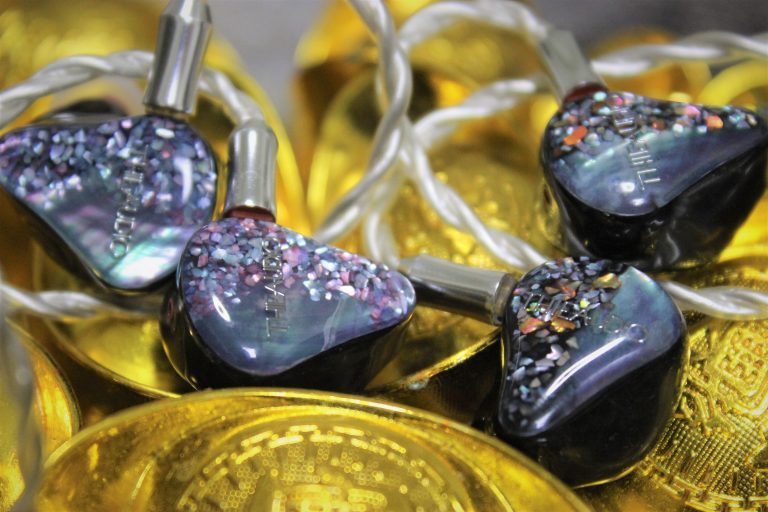


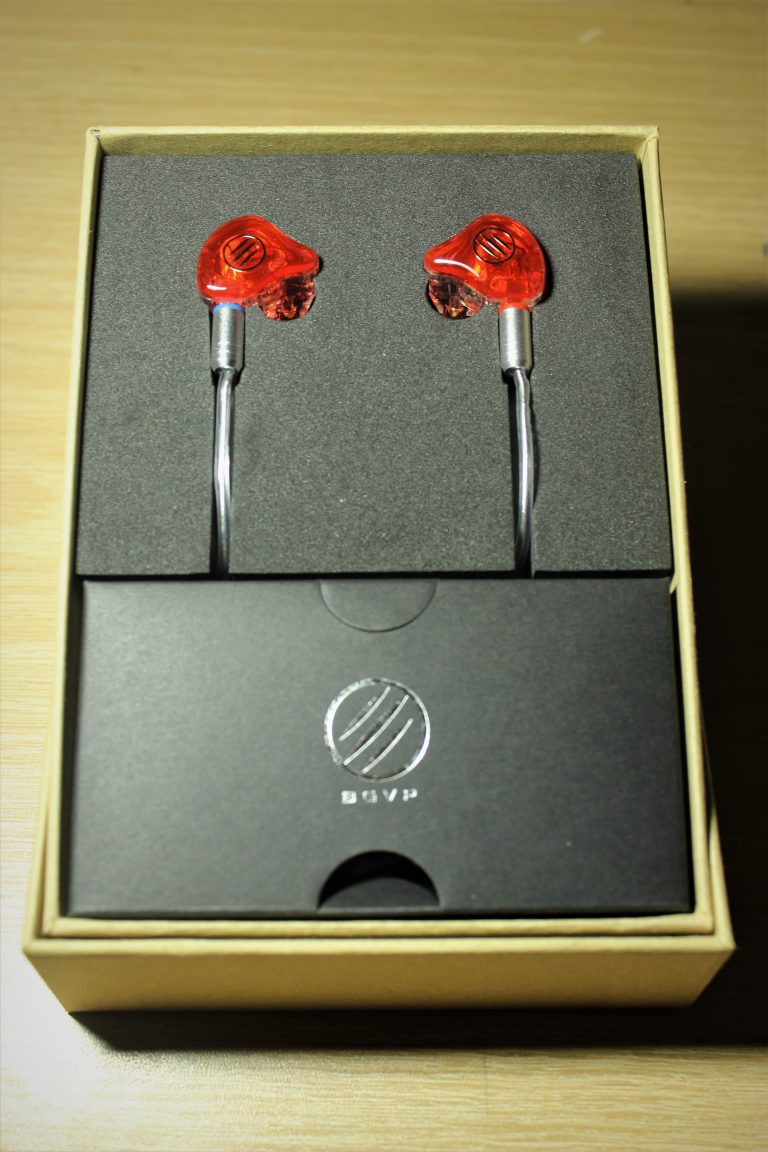
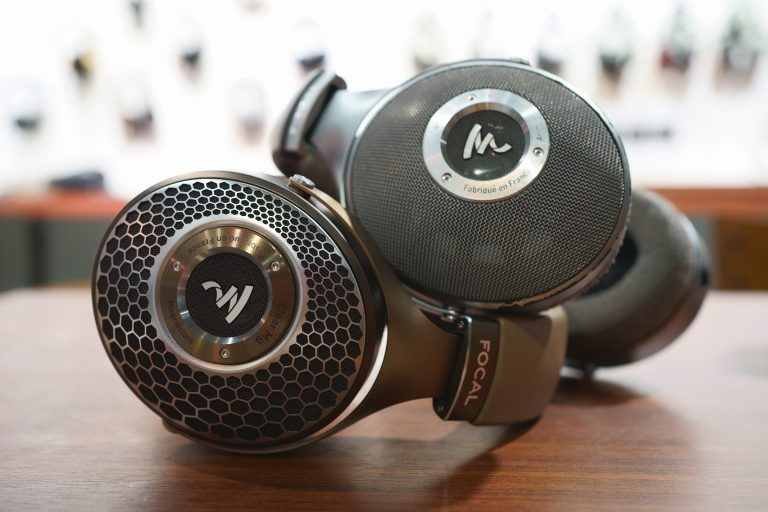




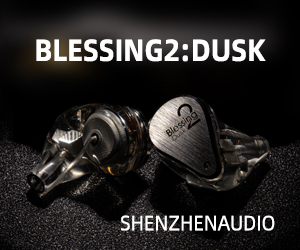
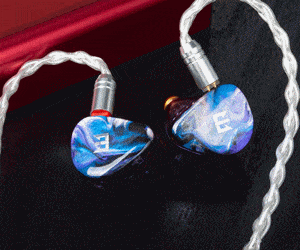

26 thoughts on “Tin HiFi P1 Review: A Small Step in the Right Direction”
Thanks for the review, stated exactly what I was looking for. Seems it might not be for me and I’m glad that you mentioned what others seem to have missed (probably due to riding the hype train for now).
HI! I would like to quote on this: “The attack is rather extended and blunted, which is more obvious on percussions and plucked strings where speed and definition matters the most. Notes sound soft (in terms of texture, not volume) and sluggish and thus I would hesitate to call the P1 “clean” for this reason; there is a lot of attack-based smearing that makes it hard to make out low level detail, in some cases even simply surface level detailing when the track gets busy.”
I find these statements ironic since this a planar magnetic driver. I expected the transients to be fast, so is the attack.
I think a Commulative Spectral Decay (CSD) plot can enlighten us regarding this matter. If the attack is extended and blunted, a CSD plot can show this. I hope you can post CSD plots in the future.
The fact that the driver is a planar, does not automatically mean that it will be fast. Just like how more drivers don’t mean better sound, or how more expensive doesn’t equate to superiority.
I’ve experimented with CSD plots for a while (you can prod around SuperBestAudioFriends for this) but ultimately I came to the conclusion that CSD in an enclosed in-ear system are too consistent to be useful. Nearly everything ends up measuring the same if not similarly and is inherently tied to the baseline FR.
Thank you for the reply. That was really insightful. I highly appreciate it.
Regarding CSD plots, would planar magnetics have the same decay in the bass region as would a balanced armature driver or a dynamic driver?
I haven’t seen a CSD plot or planar magnetic IEMs. Got me curious.
Thanks again, Crinacle.
I spent a few hours on tinkering with the P1 to iron out the kinks. I then gave certain tuning directions to Linsoul who then passed it on to Tin HiFi, subsequently receiving the final production unit which was more-or-less identical to my modified pre-production unit.
This statement set off my bullshit detector. This guy has a little to much Donald Trump in him for me to trust him. I think I will be for different reviewers.
Pretty sure this actually happened (peep some of the other reviews like Headfonia/Headfonics…I always get them confused and I cbf finding which one it is) where reviewers were told there was a 2nd pair arriving with different tuning following feedback from people with the 1st set of samples.
Ngl, rather shallow if that sentence was all that took to tick you off and make you jump ship lmao
Here is the pre-production unit I modified
Here is the final production unit
Here is a comparison of the two
Up to you to trust my words or not, but here’s some factual data to back up what I said at least.
Got a chart for the original before modifications?
Or it is the original before them?
If so the original had much better sub-bass? The most common complaint is the lack of it.
What was the modifications?
I don’t think I can post the original before modifications, sorry.
Here is the pre-production unit I modified
Here is the final production unit
Here is a comparison of the two
Up to you to trust my words or not, but here’s some factual data to back up what I said at least.
C+ for a not bad at all FR in general? Damn, that’s cold. Well one very valid reason would be that it’s notoriously hard to drive. Smearing up the layering, huh? How to detect that through measurements? Lazy impulse response? Or something else? There’s got to be something it can be tied to..
I’ve talked about it here.
TL;DR: nobody knows exactly what it’s tied to, or if it even exists. I’m just saying what I hear.
I got my yesterday…;)))
C+
You must be kidding…;)))
If you are an iem person and use a mojo or some other dac/amp order the p1 and a wow effect is guaranteed…;)))
P1‘s are a miracle on the iem market.
But need good source and amp.
Exactly right!
I have 3 pairs of 1000+$ IEM (and many more in 150 -600 $ price range), and the P1 blows my sock off with a good source. C+ is a bad joke.
Just ignore this review and buy one pair.
I use the iFi Micro iDSD Black Label.
My opinions are mine alone, no need to shove yours down my throat.
Damn, so defensive. You signed up for this with your heresy review, your opinions are yours alone and our opinions are ours alone, people saying what they believe isn’t shoving anything down your throat.
I felt the same on treble zing and warm mids (with silicon tips). I experienced it at it’s best with the original T1 foam tips, they are broken now, tried to wash them. C+ is heart breaking 🙂 Symbio & New Bee foam tips are on the way, I still hope that once the foam tips arrive, my personal rating will jump back.
Hi, will the P1 be an upgrade for either of my IEMs? (K10U & KXXS).
Thanks!
Not in my opinion
Thanks very much.
Your reviews are very informative.
I don’t know what the conditions were when utilizing this IEM as it was not noted. Utilizing my Qudelix 5k with balanced cable does not seem to fully match the negative impressions. Clarity of what kind of power was given to drive these little guys would be helpful. While it is important to note that my listening levels range from 65-88db only, setting my device on the full 4vrms ensures there is plenty of reserve power to give better-detailed bass and overall seems to perform better than when utilizing a standard cable in which I plug into my iphone 6s or dell laptop. But yes I do agree that tamping down expectations vs a hype train is good, hence partly why I am writing this a year or more since I received the item.
I wish I had found Crinacle before purchasing the P1!
Of note, I do not have an extensive inventory of IEM’s to compare to, I am not an expert reviewer, and I don’t always know the right words to express my impressions. My baseline for comparison is a set of Emotiva 6S powered studio monitors, which I have found to be responsive, detailed, and produce solid and detailed imaging. Independent reviews have called them accurate, but since I am not an audio professional, I’ll take someone else’s word for that. I lined myself up for a mostly neutral listening experience to grow in the audio world. My source is FLAC files played through a Schiit Audio Asgard 3, with the AK4490 G2 DAC module (rated at 5w per channel at 16ohms, 3.5w per channel at 32 ohms – the P1 is rated at 20 ohms.) I have previously had an ifi iDSD, and had no complaints until a couple internal connections came loose, and ifi wouldn’t respond to requests for service. I’ve been very happy with my newer Schiit since I’ve had it.
After allowing the P1 to burn in for a couple days (whether I was listening to them or not) I began critical listening. It took a few more days for replacement tips to arrive, so I found the best fit from the OEM tips to begin. I found the audio….. Disappointing, in ways I had a hard time pinpointing. Reading Crinacle’s review here, his analysis matches my experience. There is no soundstage to speak of – it extends from my left ear to my right ear, but is mostly right in the middle of my head. I can hear distinct instruments, but they are not on a stage, like with my speakers. Being IEM’s, this isn’t a shock, but still a little disappointing.
Beginnings of notes lose their punch, although sustained notes are beautiful with enough detail to hear the spit rattling inside a trumpet. Everything sounds almost whiny, lazily fading in and out as notes begin and end. I find myself turning up the volume to compensate for what is actually lack of punch on the edges, rather than lack of volume. (Observed while listening to ‘When the Spirit Returns’ and ‘I only Have Eyes For You’, by Lester Bowie’s Brass Fantasy – these songs have so much tone and texture on my speakers, the lack of response on the P1’s is particularly disappointing.)
I find the P1 to have good bass extension, but a slight lack of bass balance in the mix – I’ll play with eq over the next few weeks. I also find them slightly mid-forward, and lacking on the highs, although my nearly 40 year old ears don’t pick up sibilance, I do hear a treble peak above a perceived gap in response. Since my point of comparison is the same source, and the same ears, the difference compared to my speakers is only due to the IEM’s.
I tried both foam tips and silicon, and found the best comfort and sound from the Final Audio Type E – a surprise to me, as I had expected the foam New Bee tips to better isolate and enhance bass. Even with the best tips for me selected, I find the sound mid-forward, well suited to highlight piano, acoustic guitar, and male voices, but lacking the drive that my speakers have for female voices or higher pitched instruments. One of my favorite songs, Whiskey Lullaby, by Brad Paisley and Allison Krauss, sounds like a totally different song than on my speakers – Allison’s voice sounds like an afterthought, instead of sharing the spotlight in a near perfect mix.
When I listen to Diana Krall’s recording of Fly Me To The Moon (Live in Paris) on my speakers, I like to shut my eyes and let her voice stand in front of me on a personal stage. It feels like I can reach out and touch her mic stand. With the P1, Diana’s voice is clear, but lacks the presence to stand out against the backing of piano and cymbal like it does on speaker.
On the other hand, George Ezra sounds phenomenal on Budapest, on the P1. This song really plays to the P1’s strengths, with deep vocals, textured bass that doesn’t demand booming eq, and smooth transitions that don’t miss anything on the lack of quick response. Ring of Fire, by Home Free with Avi Kaplan, is similarly at home on the P1.
I fell prey to the hype train, despite reading piles of reviews. I only wanted to spend my hard earned funds on a single pair of better than average IEM’s to cover my listening needs when I can’t use my speakers. I’m not completely disappointed, and I’ll keep listening to them, but I feel like I could have done much better for myself by reaching a little deeper and picking up some closed back cans that perform better. (Hello, DT770.) Count me out of the IEM race if this is a ‘good’ sample.
Checking back in. After spending some time with EQ, I settled on a rather drastic U-shaped curve, which has worked out for a variety of music since dialing in, and creates a slightly bass-heavy mix compared to a neutral presentation. I enjoy the tonal balance much more now, and these are very enjoyable for casual listening, but the lack of speed is noticeable any time I focus on what I am hearing. Many of my tonal complaints above are corrected with the EQ; but nothing changes the lack of speed in these drivers. Cymbals, horns, and almost all distinct note edges suffer.